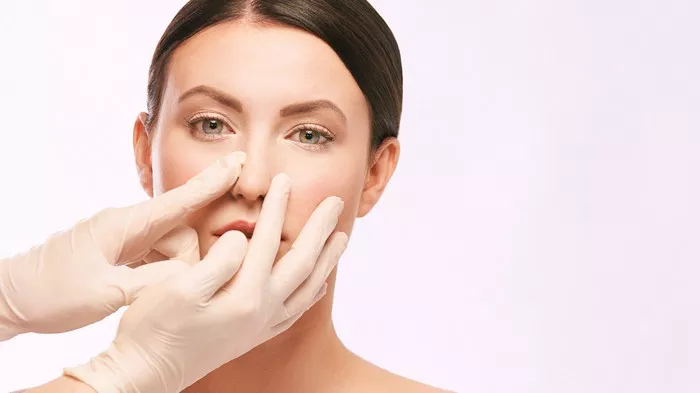Rhinoplasty is a popular cosmetic procedure aimed at enhancing the aesthetic appearance of the nose. It involves reshaping and restructuring the nose to achieve the desired look. After undergoing rhinoplasty, patients often have numerous questions regarding their post-operative care, including dietary restrictions. Similarly, nose fillers have gained prominence as a non-surgical option for nose augmentation. However, concerns have arisen about the safety of these fillers. In this article, we will address the question: “Can I eat rice after rhinoplasty?” and also delve into the potential risks associated with nose fillers.
Dietary Considerations After Rhinoplasty
Following rhinoplasty, proper post-operative care is crucial to ensure optimal healing and recovery. While the idea of dietary restrictions might seem trivial, it’s important to remember that the healing process requires nutrients to aid tissue repair. Generally, a balanced diet rich in vitamins, minerals, and proteins is recommended. However, specific
foods might warrant closer consideration
Soft Foods: In the initial days after rhinoplasty, patients might experience swelling, discomfort, and limited mouth movement due to nasal packing and possible bone manipulation. Opt for soft foods like mashed potatoes, soups, yogurt, and oatmeal. These foods minimize the need for excessive chewing, reducing strain on the healing nose.
Hydration: Staying hydrated is paramount for recovery. Water, herbal teas, and clear broths should be consumed regularly. Avoid alcohol and caffeinated beverages, as they can lead to dehydration and interfere with the healing process.
Avoid Spicy and Hot Foods: Spicy foods can potentially irritate the nasal passages and hinder healing. Moreover, hot foods might cause discomfort due to increased blood flow to the nasal area.
Anti-Inflammatory Foods: Incorporate foods with anti-inflammatory properties, such as berries, leafy greens, and fatty fish rich in omega-3 fatty acids. These can aid in reducing swelling and promoting healing.
Vitamin C-Rich Foods: Vitamin C is essential for collagen production, which plays a vital role in tissue repair. Citrus fruits, strawberries, and bell peppers are excellent sources of vitamin C.
Can I Eat Rice After Rhinoplasty?
Rice is a staple in many diets around the world. The good news is that rice, especially well-cooked and soft varieties, can be a suitable option after rhinoplasty. However, moderation and proper chewing are key. Chew slowly and thoroughly to avoid strain on the healing nasal area. Additionally, consider complementing rice with protein sources and nutrient-dense sides to promote overall healing.
Nose Fillers: Understanding the Risks
Nose fillers, or non-surgical rhinoplasty using dermal fillers, have gained popularity as a quick solution to reshape the nose. While these procedures can yield impressive results, potential risks and complications should be acknowledged:
Infection: Any procedure involving injections carries a risk of infection. Proper sterilization and hygiene practices are paramount to minimize this risk.
Allergic Reactions: Some individuals might have allergic reactions to the filler substances. Prior allergy testing can help mitigate this risk.
Vascular Complications: Nose fillers require careful injection to avoid complications such as embolism or skin necrosis. Only qualified and experienced medical professionals should perform these procedures.
Temporary vs. Permanent: Nose fillers are temporary and might require touch-ups to maintain results. For a more permanent solution, surgical rhinoplasty might be more appropriate.
Individual Variability: Every individual’s anatomy is unique. What works for one person might not work for another. Customized treatment plans are essential.
Conclusion
After rhinoplasty, dietary choices play a role in aiding the healing process. Soft and nutrient-rich foods should be prioritized, and rice can be consumed with care. Nose fillers offer a non-surgical alternative for nose augmentation, but potential risks exist. Consulting with qualified medical professionals is crucial to make informed decisions about both rhinoplasty and nose filler procedures. Your safety and health should always be the top priority.


